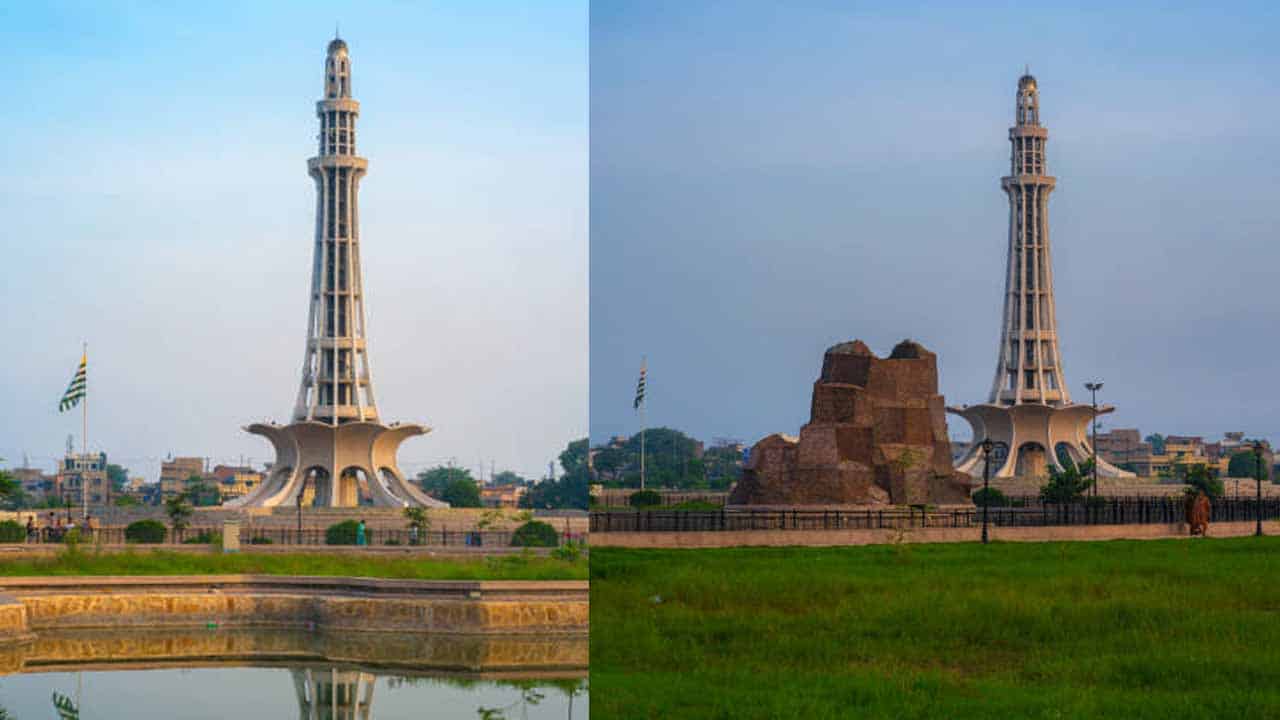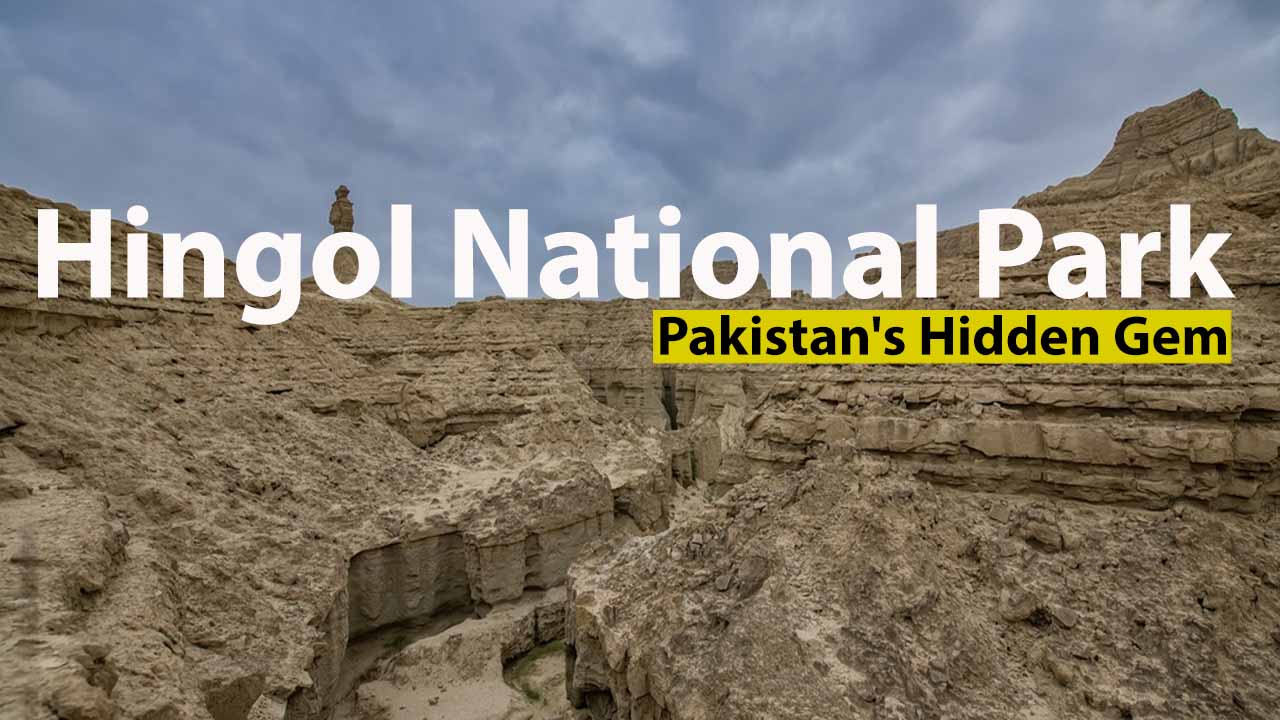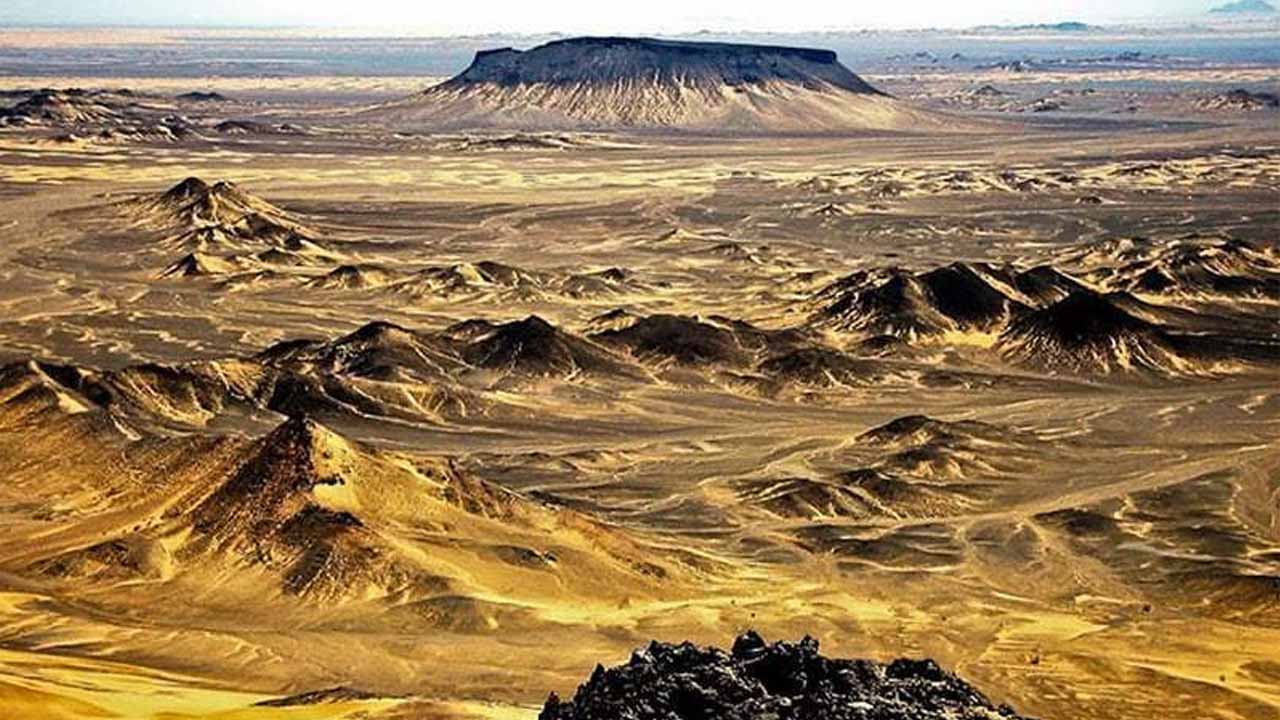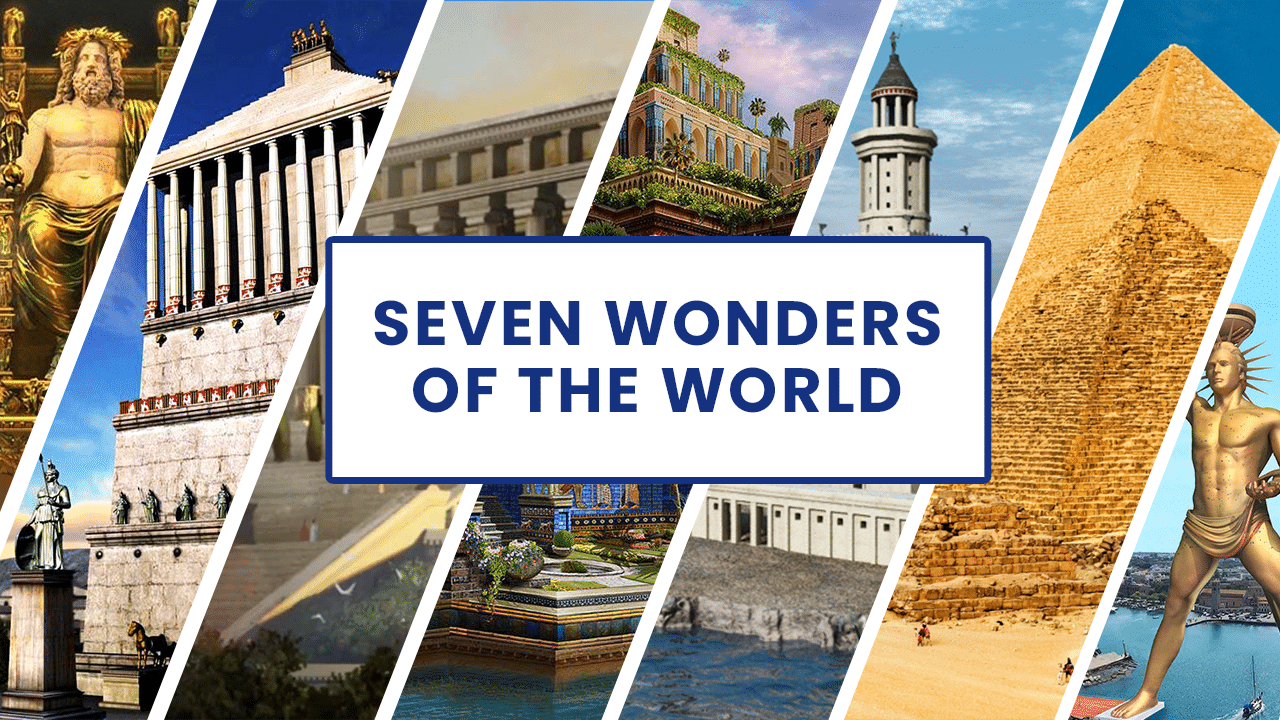The Minar-e-Pakistan is a historical monument located in Lahore, Pakistan. It is considered to be the largest tower in the country and holds great significance as the site of the Lahore Resolution. This Resolution was the official call for a separate homeland for the Muslims of South Asia, and ultimately led to the creation of Pakistan.
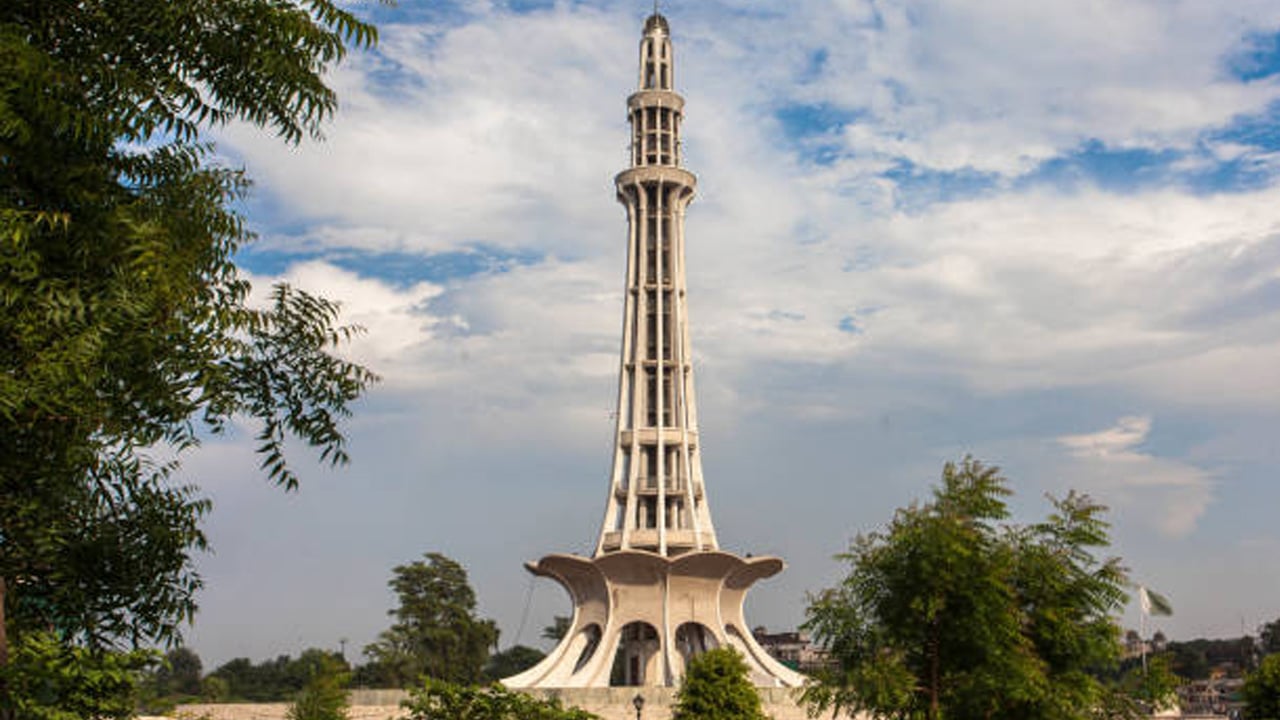
The tower is located in the middle of an urban park, called the Greater Iqbal Park.
Significance of Minar-e-Pakistan
Minar-e-Pakistan is a tower located in Lahore, Pakistan. There is a historic moment behind this tall tower in Lahore. Firstly, The tower was constructed between 1960 and 1968 on the site where the All-India Muslim League passed the Lahore Resolution on 23 March 1940 – the first official call for a separate and independent homeland for the Muslims of British India, as espoused by the two-nation theory. The resolution eventually helped lead to the emergence of an independent Pakistani state in 1947.
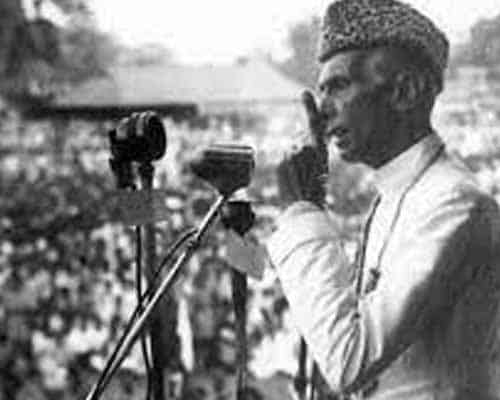
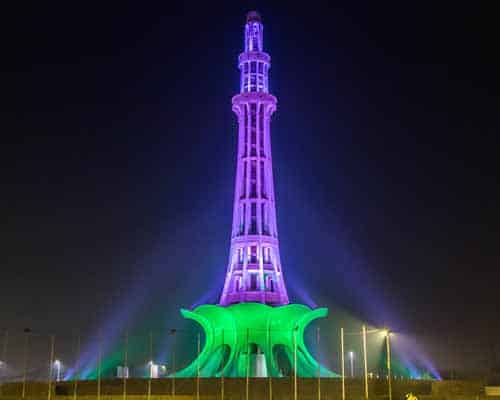
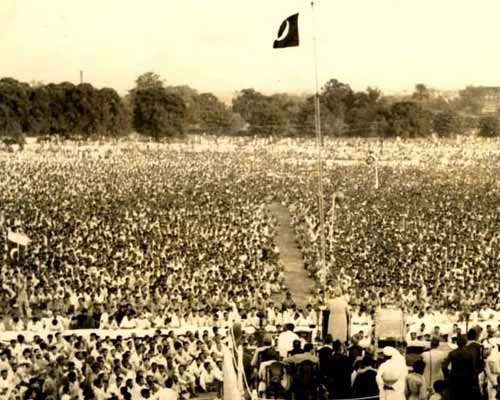
Design
- The tower was designed to reflect a blend of Mughal/Islamic and modern architecture, supervised by Nasreddin Murat-Khan.
- The minaret provides a panoramic view to visitors who can access the top by climbing up the stairs or elevator.
- The monument’s base is shaped like a flower, and the area surrounding it is covered in parks and flowers.
- The location is often used for political and religious events, and it is also known as the “Liberty Tower of Pakistan”.
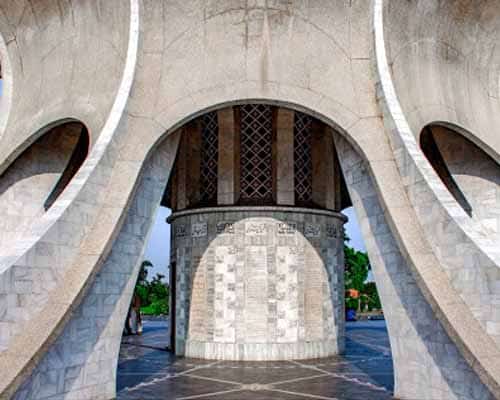

Structure
The base of the minaret is approximately 8 meters above the ground. The tower ascends to a height of around 62 meters above the base, giving the minaret a total height of 92 meters above the ground. The unfolding petals of the bloom-like base are 9 meters high. The width of the tower is approximately 9.75 meters. The platform is constructed of designed tiles and faces the Badshahi Mosque.
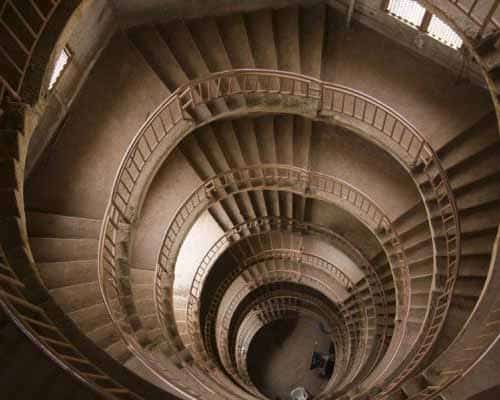
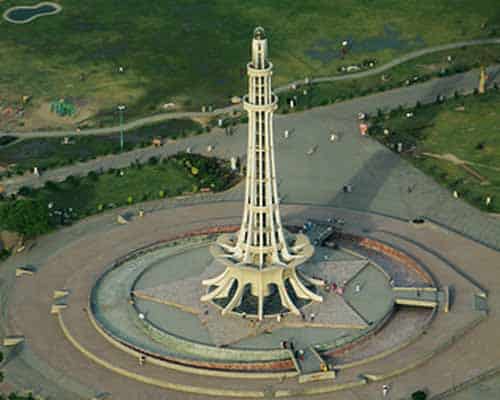
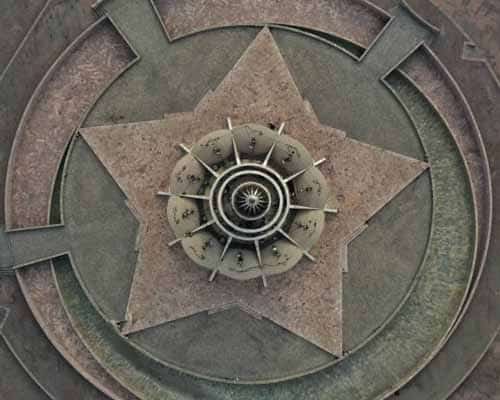
The base of the monument involves four stages. The first stage is constructed with uncut Taxila stones, symbolizing the humble beginnings of the fight for Pakistan’s independence. Moreover, The second stage is made of mallet-dressed stones, and the third stage is of chiseled stones. The fourth and final stage is made of cleaned white marble, symbolizing the triumph of the Pakistan Movement. Furthermre, Mr. Mukhtar Masood, a productive author and the then–deputy official of Lahore, was one of the parts of the Building Committee.
Construction
The foundation stone of the building was laid on March 23, 1960.
Construction took eight years and was completed on October 21, 1968 at an estimated cost of Rs 7,058,000.
The money for the project was collected by imposing an additional tax on cinema and horse racing tickets at the demand of Akhter Husain, governor of West Pakistan.
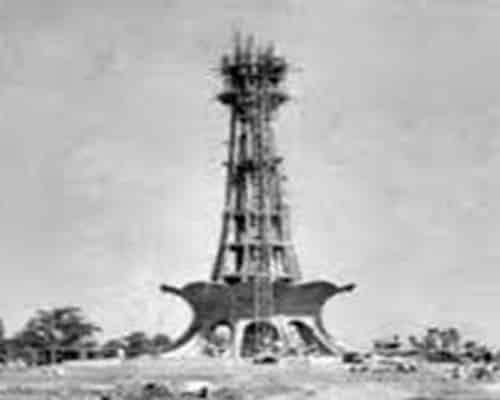
Inscriptions inside Minar-e-Pakistan
The interior of the building features inscriptions of the Lahore Resolution in various languages including English, Urdu, Bengali, and Arabic. The stone walls are also engraved with calligraphy, verses from the Holy Quran, the 99 names of Allah, and the National Anthem of Pakistan in both Bengali and Urdu. In addition, excerpts from the speeches of Mohammad Ali Jinnah can be found in Bengali, English, and Urdu, as well as famous couplets of Allama Iqbal.
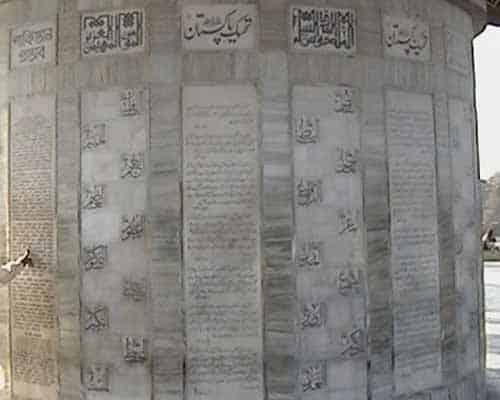
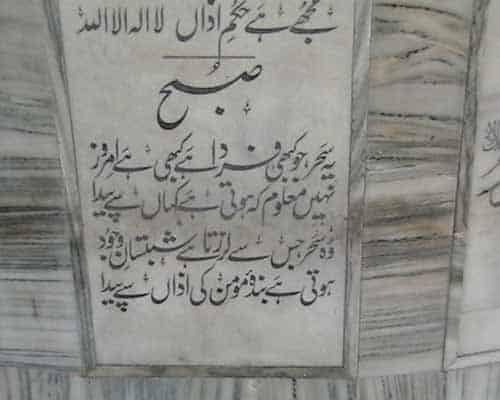
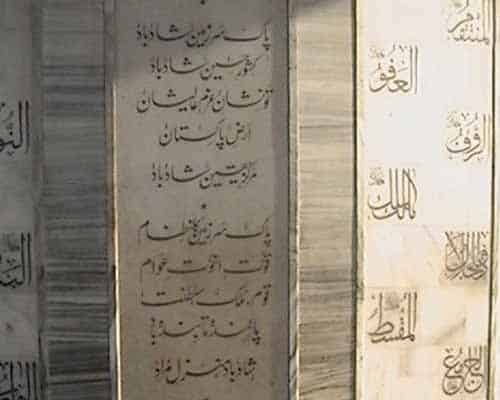
A Tourist Attraction
Minar-e-Pakistan is one of the most popular tourist destinations in Lahore. The monument is located at the Circular Road, where many other historical and political buildings are situated. As well as, If you are visiting Lahore, make sure to include Minar-e-Pakistan in your itinerary.
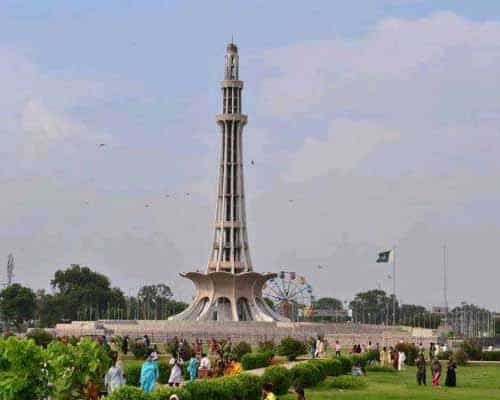
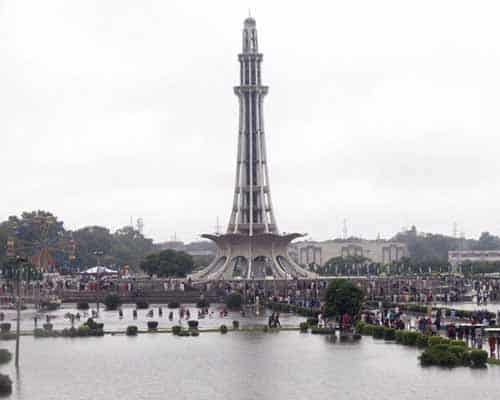
Notable visits and events
- On February 21, 1999, Atal Bihari Vajpayee became the first Indian leader to visit Minar-e-Pakistan, which was compared to Nixon’s visit to China in terms of significance.
- Minar-e-Pakistan has long been a popular choice for rallies and large gatherings. Unfortunately, these events often result in damage to the surrounding vegetation, as noted by the Parks and Horticulture Authority. In an effort to mitigate this issue, the Punjab government considered banning all political and non-political gatherings at the location in 2014.
Symbol of political and historical significance
There are many historical landmarks in Lahore and across Pakistan, but none are as revered as the Minar-e-Pakistan. This monument is a symbol of the Pakistani dream, as first suggested by Allama Muhammad Iqbal. Moreover, it also represents and pays tribute to the leadership of Quai-e-Azam Muhammad Ali Jinnah. And, Jinnah fought against the British and Hindus to attain a separate homeland for Muslims.
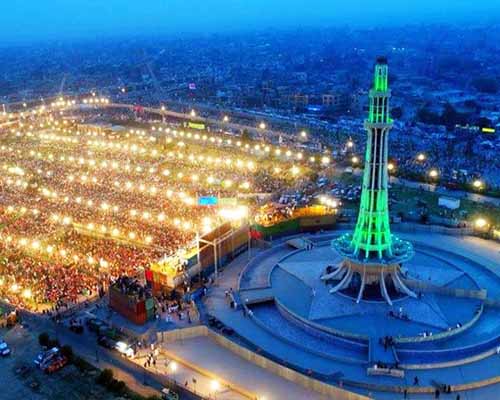
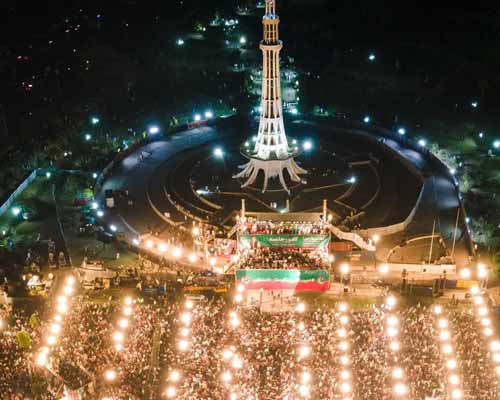
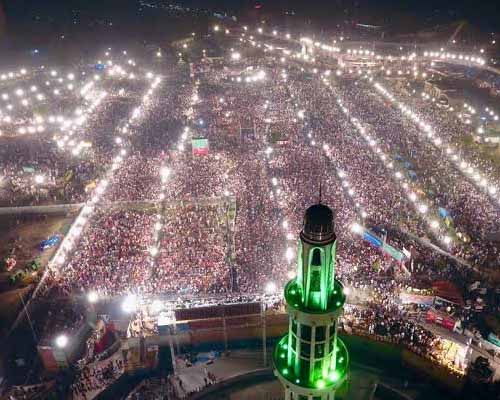
The Minar-e-Pakistan monument stands as a testament to the Mughal and Indian Muslims who fought for nearly a hundred years to regain their lost prestige. Furthermore, In just seven years, they were successful in achieving their goal thanks to the far-sighted leadership of the All-India Muslim League. The location is often used for political and religious events, and it is also known as the “Liberty Tower of Pakistan”.
